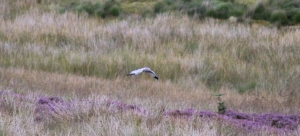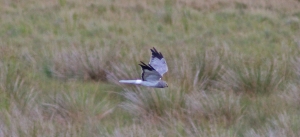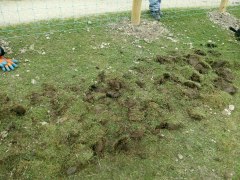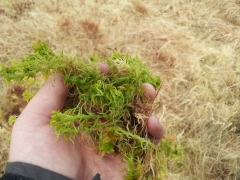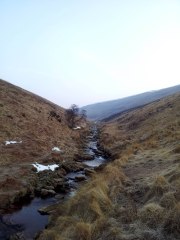I’ve been racking my brains trying to think of a new blog post. Basically nothing interesting has happened since my last post. Sure spring is in the air now, although to me it hasn’t started until I hear my first singing Chiffchaff, so it is now the vague period in my mind before spring and after winter. It’s also the vague period for me in between job searching and employment. I’m going to be an RSPB employee again in just under a month but I’ve still got to look for work (that’s the government’s ‘wonderful’ Universal Credit scheme for you!). So what to write?
How about a tongue in cheek not-at-all-serious look at the things I find irritating or infuriating about wildlife conservation and volunteering? Yeah I think that’ll do, to amuse myself perhaps.. No moths involved..
OK number one: Cliques: I found this highly irritating when I was starting out doing voluntary work. There’s nothing worse than turning up on your first day as a volunteer for a new organisation or at a new site to find there are a bunch of middle-aged men who have volunteered there for decades who treat any newcomers with suspicion and like to do things a certain way thank you very much. Add to this the paid staff who treat these cliques with kid gloves and try little as possible to assimilate any new volunteer into the group.
Two: Plurals or singular? : Let me explain by paraphrasing a tweet I read yesterday. “Nice news piece on how a woodland reserve is helping willow tit.” What? Is the woodland reserve helping just one willow tit? Or many willow tits? It should read either “Nice news piece on how a woodland reserve is helping willow tits,” or “Nice piece on how a woodland reserve is helping a willow tit.” You see it all the time, especially in bird magazines “come to this nice coastal reserve to see Avocet” it might say. OK I know what it means but gods it irritates me!
Three: Bandwagons: As nature conservationists we should be concerned about all native wildlife, big little common or endangered. The little stuff feeds the big stuff (in general) and the common could become endangered if we carry on the way we are going (again, in general). But, as conservationists we like to have flavours of the month, all very worthy I may add. Be it whales, tigers, giant pandas, hen harriers etc. Now as I was involved with Hen Harrier conservation last year and am heavily aware of their persecution, but other raptors are also persecuted, Golden Eagles, White-tailed Eagles, Merlins etc. Kestrels are also in decline but I don’t see kestrel twibbons on twitter adorning profile pics, where’s the high profile Pearl-bordered Fritillary campaigns? Swifts are rapidly declining. I’m aware of the vagaries of money and prioritising but it is true in my mind that certain species feature prominently for a while before the next big things come along to take over the twitterspace.
Four: Blog posts that don’t go anywhere and are only there to keep the blog active in between more meaningful posts! (See here for details!)
Five: The ‘I know best’ volunteer: We all must have seen these. Volunteers (usually within the clique) who have their own set way of doing things and have the greatest ideas about what and more importantly (in their mind) what not to do. For instance a work party leader will organise a work party and the said ‘I know best vol’ wants to do it his/her way, and if they can’t do it won’t do it or will do it their way.
Six: We’re all a bit weird really. You never get any cool kids signing up to be conservation volunteers. We’re all a bit left field, all like a woolly jumper, we all have a political or green-organisation car sticker, fashion consists of free t-shirt acquired from various projects, we’re all a bit too geeky for our own good. How can we appeal to the general public and get everyone enthused about the world we inhabit when we appear to be in a specialist niche and proud of it?!
Seven: Pay. When you finish volunteering and decide to get a career in wildlife conservation you soon start to realise you get paid a relative pittance to do one of the most important jobs in the planet. I know people who have gone down the academic route, paid thousands for undergrads, masters, and even PHDs to then apply for a far less than £20k job. I know we do the job for love not money but the money sure helps to live off!
Anyway, rants over. I’ll add again that none of this is serious, I quite like high profile campaigns that grabs people’s attention and can provide a focus for wider areas if done properly. Also none of this is in a particular order, just the order in which it came into my head than down onto the keyboard.


